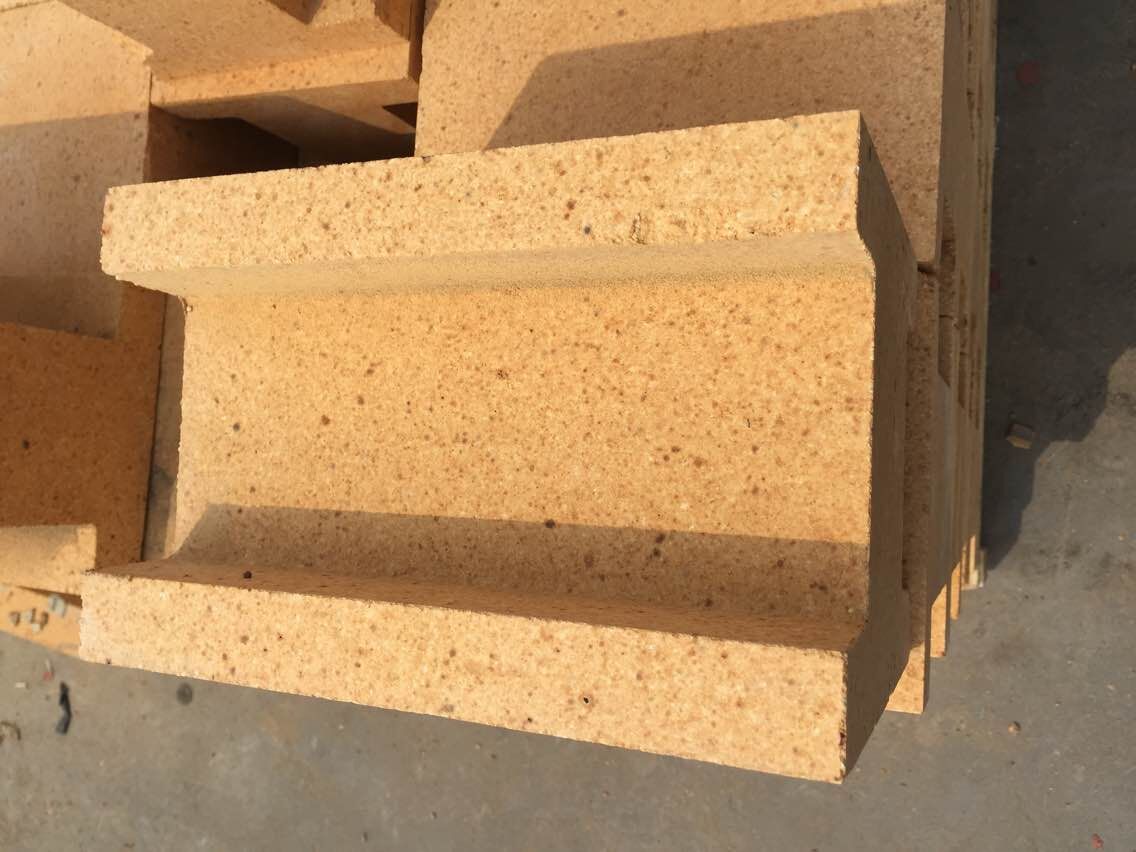
From the following aspects can explain the problem.
First, reduce the firing temperature of 150 ~ C. Due to high temperature firing and insulation, especially in more than 1450 ℃ after the burning of refractory material is huge, according to the current high aluminum brick 300,000 t / a operator, it is estimated that can save standard coal 50,000 t / a.
Second, compared with ordinary high-alumina brick, anti-peeling high alumina brick thermal conductivity of the value of the former 2/3, or even lower, compared with magnesium chrome brick, only 1/3 to 2/3. Anti-peeling high alumina brick compared with the adjacent alkaline brick, reducing the carcass surface temperature 75-98 ℃, the initial calculation can save standard coal nearly 2000t / a. Energy-saving effect, considerable economic benefits.
Third, the traditional high-alumina brick can not enter the large-scale dry kiln, because the service life is too low, maintenance, kiln frequent cause considerable energy loss and economic losses. More noteworthy is that it can not overcome the inherent flaws in harsh parts.
Fourth, today's world with the rapid development of industry, to the global environmental pollution caused by the huge economic losses, the serious problems of human health, has been more and more people's attention.




















